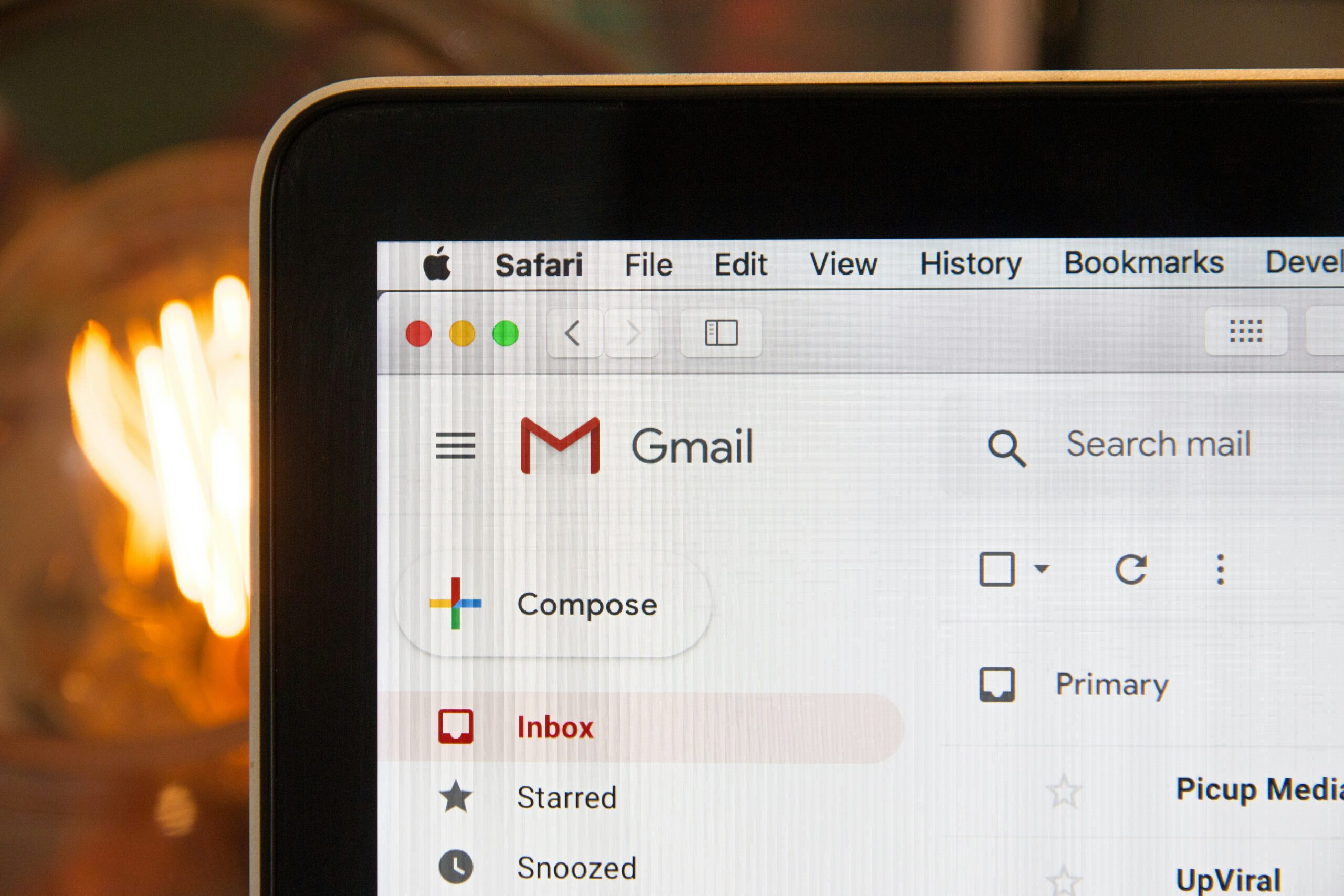If you’re a charity or small non-profit, chances are you’ve been told you need to build an email list. But here’s the thing no one tells you: a list full of people who don’t care about what you do is just another number on a spreadsheet.
It’s not about quantity — it’s about quality.
The real goal? Building a list of supporters who want to hear from you, care about your mission, and are likely to donate, volunteer, or spread the word when the time is right.
Here’s how to do it properly — no spam, no guesswork, just honest strategies that work.
Start With a Reason to Sign Up
People are protective of their inboxes. If you want their email, you’ve got to give them something in return.
That could be:
A downloadable impact report
A “Supporter Starter Pack” with stories, videos, and resources
Early access to events or volunteer opportunities
A practical freebie like a checklist (e.g. “5 Ways to Help Without Donating”)
The key: make it relevant and useful to your audience. You’re not just building a list — you’re starting a relationship.
Make Sign-Up Simple (and Visible)
A huge mistake charities make? Hiding the sign-up form.
Your email list opt-in should be:
On your homepage (above the fold if possible)
In your blog or news articles
On your donation thank-you pages
Pinned on social media or linked in your bio
Promoted at events, both online and offline
And always keep it short — name and email is usually enough. Long forms = fewer sign-ups.
Use Email to Build Connection, Not Just Ask for Money
Imagine signing up to help a cause and then all you get is donation request after donation request. It’s off-putting.
Instead, use a welcome sequence to say:
Thank you for joining
Here’s what we’re working on
Here’s a story of impact
Here’s how you can stay involved
Only after you’ve built some trust should you start asking for donations — and even then, tie it to a clear purpose or story.
Automate the Boring Stuff
You don’t need to send every email manually. Tools like Mailchimp, Brevo (formerly Sendinblue), and MailerLite let you:
Send automatic welcome emails
Create monthly updates in advance
Segment your audience (e.g. volunteers vs donors)
This saves time and makes your emails more personal and effective. No more scrambling to write newsletters last minute.
Keep It Clean (And GDPR Compliant)
If you’re based in the UK or EU, GDPR rules apply. So:
Make sure people actively opt-in
Give them an easy unsubscribe option
Don’t buy email lists (ever!)
And beyond legal stuff — it’s just good practice. You want people who chose to be there.
Track What Works (and What Doesn’t)
Your email platform will show you:
Open rates (did they care enough to click?)
Click-throughs (did your message resonate?)
Unsubscribes (was something off?)
Use this data to improve over time. Try different subject lines, test your calls to action, and keep improving. Your audience will tell you what they like — if you’re paying attention.
Build the Relationship First, the Results Will Follow
Email is still one of the most powerful tools charities have — but only if it’s used the right way. When you treat your list like a community, not just a contact list, you’ll see higher engagement, stronger support, and more meaningful action.
Need help setting up your first email funnel?
At Blake Mark Productions, we support charities with everything from list building and automation to content writing and design.


